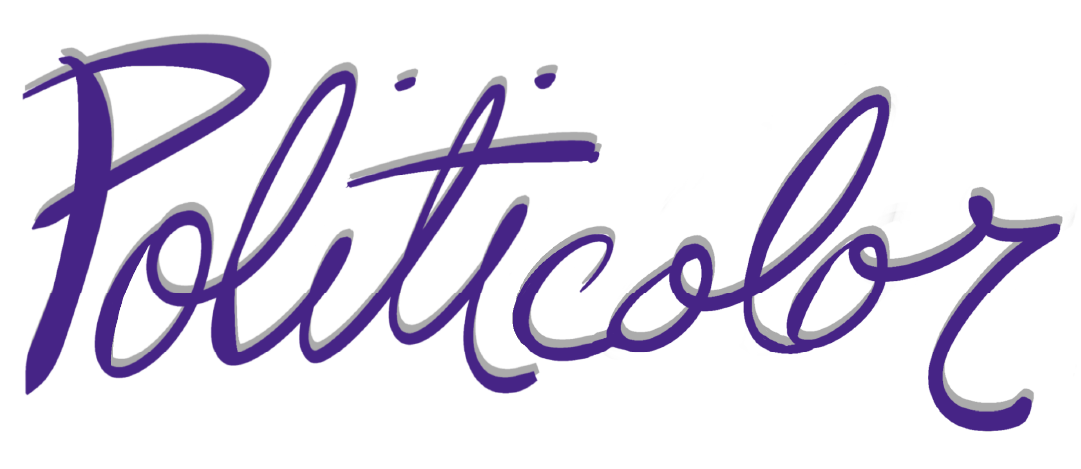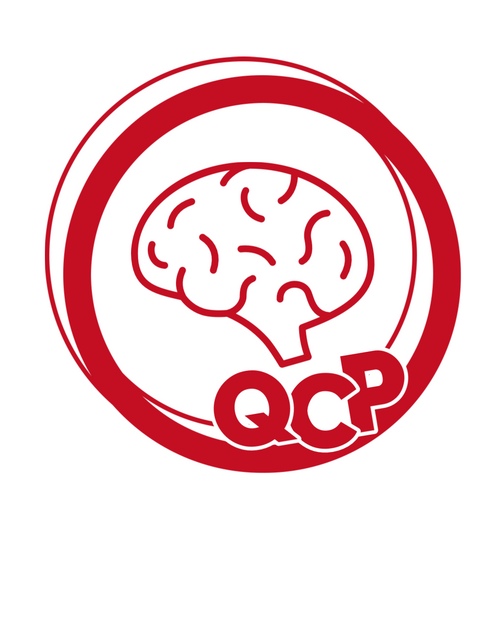Many Americans will gather this weekend to celebrate freedom as independence. That's as much meaning as they will give the displays of flag-waving patriotism they love so much.
That's the answer to what happened in 1776 — the historical moment — but it allows the “why” to remain silent. The "why" matters the most; it reflects the democratic purposes that animate us, then and now.
We addressed ourselves to the "opinions of mankind." We declared the causes for the separation and established that the people of the United States would be people who believed in equality, individual rights, and self-government. That's what freedom means.
The Declaration presents what we know about tyranny, oppression, and the purpose of government. Our commitment to making those fundamental ideas part of our political problem-solving today gives power to the words, the document, the date, and today's celebrations.
Susan J. Wolfson, a professor of English at Princeton University, has me thinking about where words get their power. In her essay "Byron, Shelley, and Now Zelensky" (The Atlantic), she refers to "the public electricity of word power." She looks at the work of the two famous poets to suggest, "they wanted to show how words can change minds." Wolfson writes:
Shelley knew that words could awaken political spirit. His words caught fire, roared, ready to move people in unison with the memorable lilt of meter and alliteration. It is poetry to sing together.
Familiar words might unite us to sing or celebrate a moment. But when we attempt to live by them, we unleash their power. With those words calling us to join together in action, we become a political force.
What Wolfson calls "public electricity" is the power we have to use words to re-shape the world. The words we all know gather power when we take action to continue to breathe life and meaning into them.
This, too, is an American tradition. There is no better example than Frederick Douglass's speech to the Ladies' Anti-Slavery Society of Rochester, New York, on July 5th, 1852. He used the words we all know to call us back to our purposes.
Speaking of the men who signed the Declaration, Douglass said:
They were peace men; but they preferred revolution to peaceful submission to bondage. They were quiet men; but they did not shrink from agitating against oppression. They showed forbearance; but that they knew its limits. They believed in order; but not in the order of tyranny. With them, nothing was "settled" that was not right.
He relentlessly called on his audiences to recover this understanding of themselves, to look in the mirror and remember what it means to be a people committed to freedom.
Following the same tradition, President Lyndon B. Johnson used the words of the founding generation to evaluate the American people in 1964. When signing the Civil Rights Act on July 2, he said:
We believe that all men are created equal. Yet many are denied equal treatment. We believe that all men have certain unalienable rights. Yet many Americans do not enjoy those rights. We believe that all men are entitled to the blessings of liberty. Yet millions are being deprived of those blessings—not because of their own failures, but because of the color of their skin.
Johnson explained that the law's purpose was "to promote a more abiding commitment to freedom, a more constant pursuit of justice, and a deeper respect for human dignity."
We could hardly get the question more wrong than to ask what the word "freedom" or any of the quoted text meant in 1776. Douglass, Johnson, and many others have shown us that the real power resides in asking ourselves how to promote these commitments in our modern lives. This is how we show we are the same people — committed to freedom, justice, and respect for humankind.
So, for this Fourth of July, I hope you will make Opal Lee's Juneteenth invitation your own. Celebrate the day by sharing a vision:
We can rally around, so we can truly celebrate freedom from the 19th of June to the Fourth of July — and move freedom forward every day of the year.
There's a phrase that has followed me too. What will I do to move freedom forward every day?
Subscribe to our newsletter.
For Your Reading List
This week's news from the Supreme Court was difficult to follow for a long list of reasons. The decisions overturned precedents, advanced once marginal legal theories, and provided opinions citing inconsistent historical takes as a legitimate mode of judicial interpretation. Even if you like the outcome of a single case, there's good reason to be concerned about how the court is making these decisions.
There's one question embedded in every discussion of what comes next: Is there such a thing as settled law anymore?
The problem: Judicial reasoning to overturn Roe v. Wade is unmoored from precedent; Anchors itself in distant history instead.
In The Supreme Court eviscerates abortion rights and its own legitimacy, opinion writer Jennifer Rubin describes the problem:
The hypocrisy and intellectual dishonesty of the court's right-wing justices lead to the conclusion that they have simply appointed themselves super-legislators free to impose a view of the United States as a White, Christian and male-dominated society despite the values, beliefs and choices of a majority of 330 million modern Americans.
In a different op-ed, Harvard Law School professor Laurence Tribe says the logic of Dobbs makes it possible to "return us to the law of the late 1800s on matters of privacy, reproduction, sexual intimacy and L.G.B.T.Q. equality."
The consequences: Marginal legal theories have more potential than ever to limit what we can do to protect the environment and American democracy.
Another decision announced this week used a baseless legal theory called the "major questions doctrine" to limit the authority of the Environmental Protection Agency. In The New Yorker Magazine, Bill McKibben explains that the SCOTUS decision in West Virginia v. E.P.A. is "the culmination of a five-decade effort to make sure that the federal government won't threaten the business status quo." The doctrine does not eliminate these federal agencies but it makes their work nearly impossible. Kibble explains:
In essence, the ruling begins to strip away the power of agencies such as the E.P.A. to enforce policy: instead of allowing federal agencies to enforce, say, the Clean Air Act to clean the air, in this new dispensation, Congress would have to pass regulations that are much more explicit, as each new pollutant came to the fore.
A case on the docket for the next term suggests an even more dangerous doctrine will see its day in court. In "A New Supreme Court case is the biggest threat to U.S. democracy since January 6," Ian Millhiser offers "The independent state legislature doctrine, briefly explained" and explains that the court has picked up this case despite there being no legitimate legal conflict at stake.
Rick Hasen has one of the most comprehensive looks at the case and how the independent state legislature doctrine will facilitate anti-democratic forces to disrupt elections. On Election Law Blog, he writes:
The theory in its extreme is that the state constitution as interpreted by the state supreme court is not a limit on legislative power. This extreme position would essentially neuter the development of any laws protecting voters more broadly than the federal constitution based on voting rights provisions in state constitutions.
In a Washington Post op-ed, Leah Litman, Kate Shaw, and Carolyn Shapiro (a trio of law professors) explain that a win for the independent state legislature doctrine would suffer from a long list of maladies, including:
- No historical bases to support it;
- A rationale "wildly inconsistent with federalism;"
- The inevitable results — "a chaotic system in which states could not reliably hold unified elections for state and federal offices."
Our voting rights become what our state legislatures say they are and there are no checks on that power at all.
For Believing in Democracy: Self-taught artists offer a "more complete portrait of our nation's makers."
"We are Made of Stories" opened at the Smithsonian American Art Museum this week. The exhibition boasts, "forty-three game-changing self-taught artists in the 20th century," and explains that these artists, "learned from family, community, and personal journeys."
The collector, Margaret Z. Robson, is remembered as someone who believed this art offers a "truer, more complete portrait of our nation's makers." Her son Douglas O. Robson continues her work and donated the artwork that is part of the exhibit today. In the introductory video, curator Leslie Umberger introduces the theme of the exhibit with a reflection on how any of us become who we are:
"We are kind of a compilation of all the experience we've ever had, that we become the embodiment of those stories and we carry them with us wherever we go."
Umberger also reflects on the collective power of the artwork once they are displayed as part of a single exhibit at The Smithsonian, a public space where everyone has access to great art. She says:
The artists in the exhibition worked independently, but collectively the impact they had was tremendous. They brought unique perspectives and really made people see things differently, understand art differently.
For this holiday weekend, the Smithsonian introduced a portrait of the nation that came into existence piece-by-piece but gathers power and impact collectively. Douglas also appears in the video to share what he sees on display in this portrait of the nation's makers:
I hope visitors come away with an understanding of the dignity that's in all people, but also the sense of fun and joy that a lot of these artists brought to their work.

